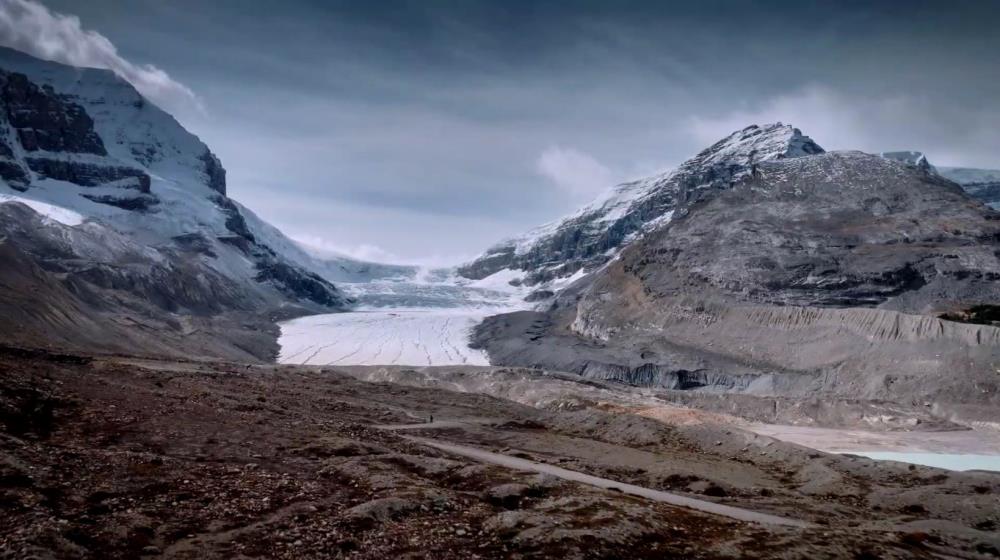
Related items loading ...
Section 1: Publication
Publication Type
Thesis
Authorship
Rokaya, P.
Title
Impacts of climate and regulation on ice-jam flooding of northern rivers and their inland deltas
Year
2018
Publication Outlet
DOI
ISBN
ISSN
Citation
Abstract
In cold region environments, ice-jam floods (IJFs) are important hydrological and hydraulic events that play an important role in floodplain ecology but also pose a major concern for citizens, authorities, insurance companies and government agencies, primarily because they can result in high water depths in rivers that can exceed levees leading to devastating floods. In the past 35 years, there have been significant advances in river ice hydrology. However, understanding on several aspects of IJFs still remains limited. Little work has been carried out on investigating how the frequency and severity of IJFs have been changing or might change in the future. Similarly, IJF delineation remains a significant challenge even for streams and small rivers. There is also still substantial progress to be made in quantifying the effects of climate variability and regulation on IJFs. This dissertation addresses some of these existing knowledge gaps. First, it reviews the recent advances in IJF research and identifies existing gaps, challenges and opportunities. With a changing environment, there are implications for river ice processes and this dissertation work investigates some of the potential implications particularly how the timing and magnitude of breakup flows that lead to IJFs are changing at local and regional levels. Literature review shows IJF research has been highly site specific but this dissertation also offers regional and global perspectives. Climate and anthropogenic factors are likely to have unequal localized effects. Some regions might be more resilient and others, such as high latitude northern regions, might be more vulnerable. Thus, local implications for river ice processes and current and future probabilities of IJFs are assessed for two river basins in western Canada. The findings from the Athabasca River at the town of Fort McMurray show that the probability of ice-jam flooding in the future will be lower but extreme IJF events are still probable. The results from the town of the Peace River in western Canada suggest that regulation can have larger role in increasing IJF risks as water levels during ice-jam staging at the town were found to be higher due to regulation compared to naturalized conditions. However, regulation also offers a possibility of reducing IJF risks and promoting sustainability in regulated rivers. It is demonstrated that with appropriate reservoir operation scheme, it is feasible to minimize flood risk at upstream communities and maximize flood potential at downstream deltaic ecosystem, where it is essential. As ice-jam flooding, both at present and in the future, remains a major concern in northern IJF prone communities, a probability curve of overbank flow based on breakup discharge is presented. Using a stochastic approach to evaluate the impacts of different magnitudes of discharge on IJF is a novel approach, and serves as an important benchmark for future IJF studies, especially for estimating future IJF probabilities. One other important methodological contribution is the introduction of a probability-based extension of the hydro-technical modelling approach that couples physically-based hydrologic and hydraulic models to assess the relative impacts of climate and regulation within a stochastic framework. Thus, the findings of this work have advanced our understanding of impacts of climate and regulation on ice-jam flooding of northern rivers and their inland deltas. As the first step in reducing flood risks, identifying, understanding and quantifying flood hazard will improve our ability to reduce risks and increase resiliency.
Plain Language Summary
Section 2: Additional Information
Program Affiliations
Project Affiliations
Submitters
Publication Stage
N/A
Theme
Presentation Format
Additional Information
PhD, University of Saskatchewan, Integrated Modelling Program for Canada


 GWFNet
GWFNet Master
Master Data
Data Research
Research Map
Map
 Advanced
Advanced Tools
Tools
 . . .
. . .
 Metadata Editor
Metadata Editor
 Record List
Record List
 Alias List Editor
Alias List Editor
 Legacy sites
Legacy sites